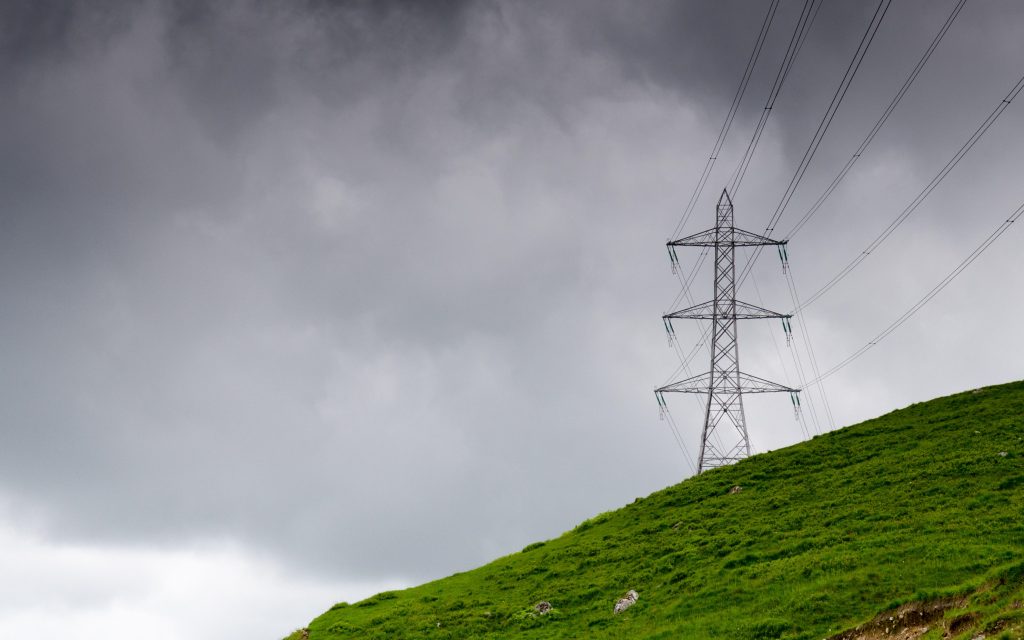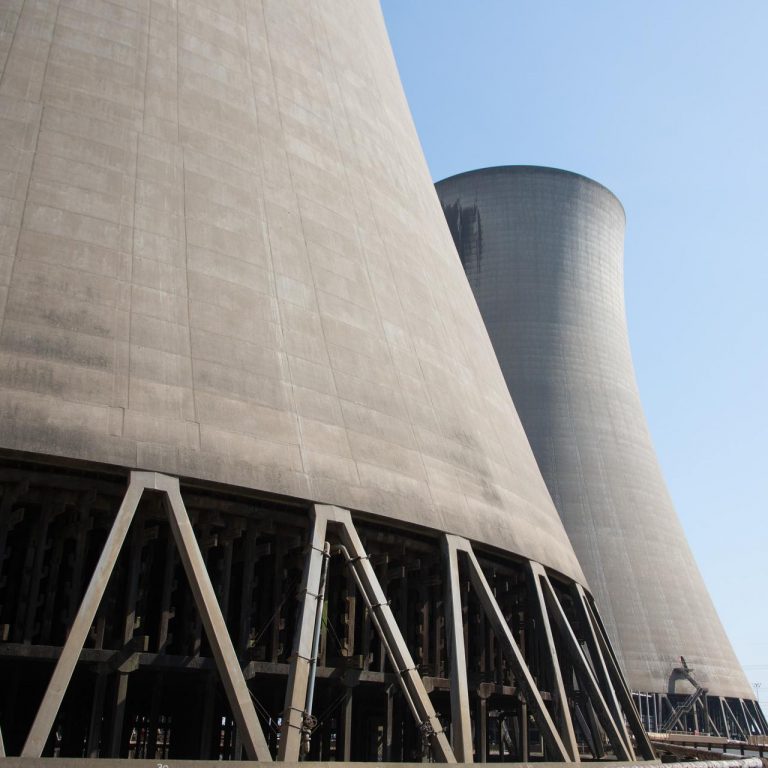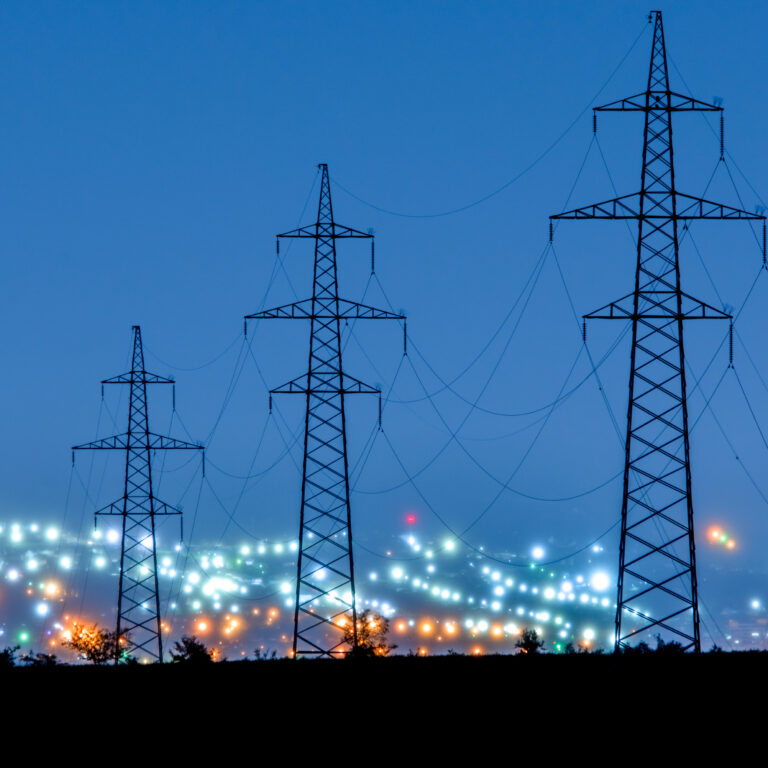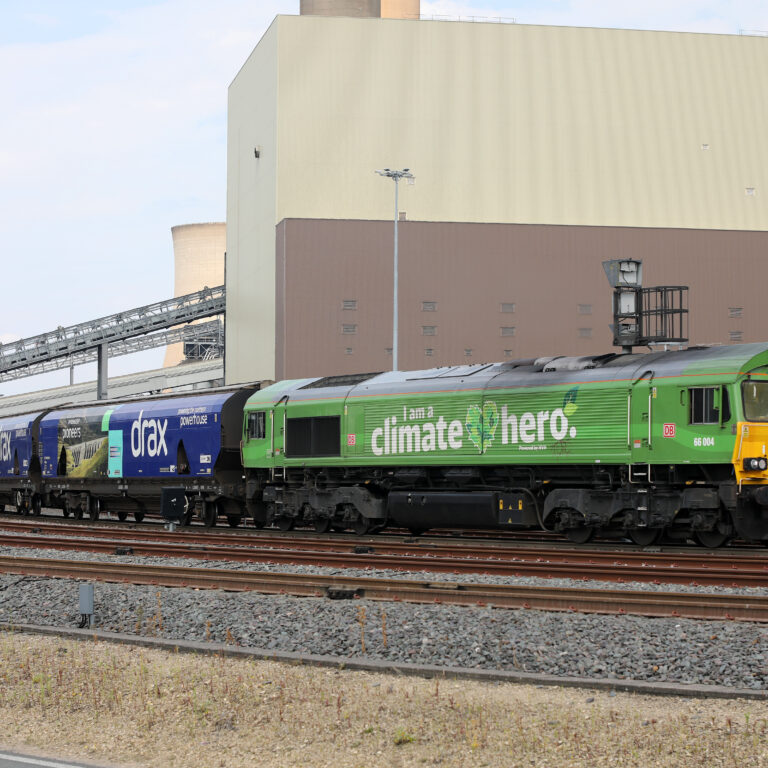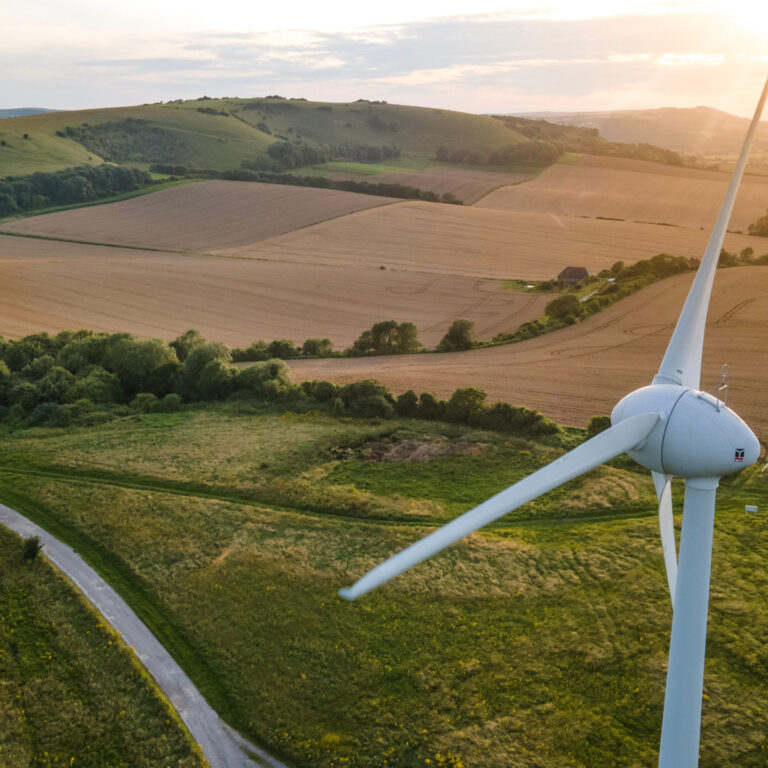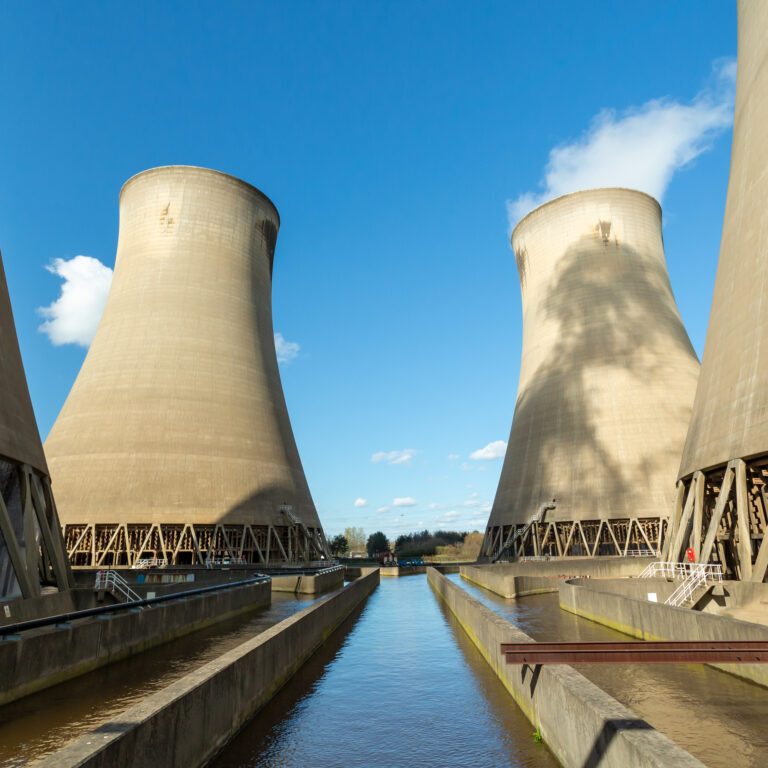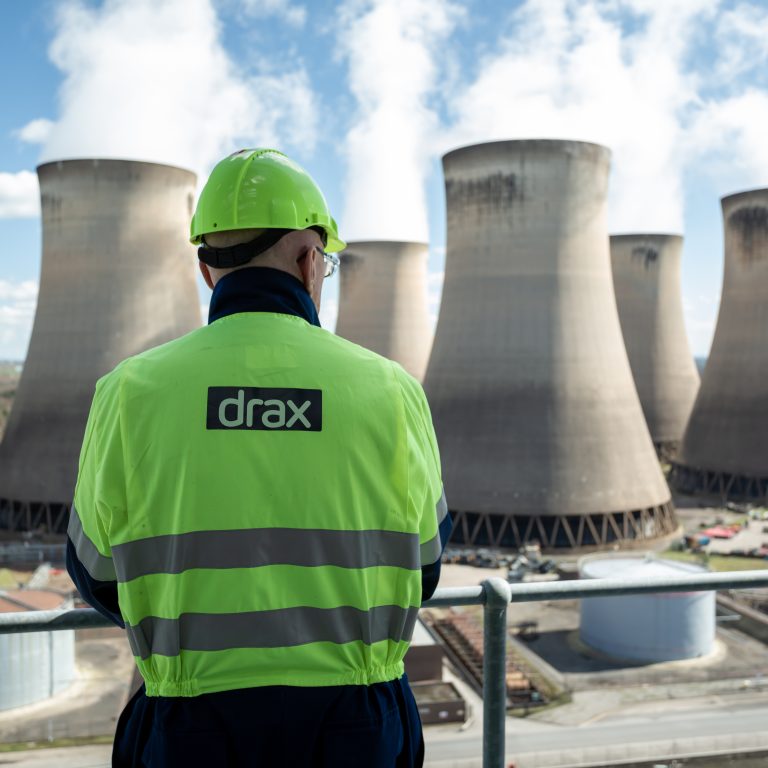Just before midnight yesterday (Wednesday), fossil fuels generated 1.7 GW of electricity – just 6% of the power on Britain’s electricity grid at the time.
Instead of coal and gas supplying most of the country’s electricity like in years gone by, renewable sources such as biomass, wind and hydro were keeping Britain’s lights on.
Renewables generated 24.19 GW – 65% of the country’s entire electricity needs – while fossil fuels were at a new record low.
Power from renewables at 23:45, 29 December 2021:
- Biomass – 2.34 GW (8.27%)
- Hydro – 0.3 GW (1.05%)
- Solar – 0 GW (0%)
- Wind – 15.62 GW (55.32%)
The new record is a further example of the renewables revolution that has transformed Britain’s power grid in recent years. A decade ago, at the same time on 30 December 2011, fossil fuels generated 18.78 GW, totalling 58.79% of the country’s power needs.
The carbon intensity of the power system fell to just 125g/KWh during the seven days from Christmas Eve – almost 75% lower than a decade earlier when in 2012 the carbon intensity over the same period was 464g/KWh.
A report by Drax Electric Insights last year found that the UK had decarbonised its power grid over the previous decade faster than any other major economy.
ENDS
Media contacts:
Aidan Kerr
Media Manager
E: [email protected]
T: 07849090368
Editor’s Notes
- The new all-time low record can be viewed on the Drax Electric Insights dashboard by clicking here.
- Data from a decade ago can also be accessed from the Drax Electric Insights dashboard.
Carbon intensity of the power system over seven days from December 24:
| Carbon intensity g/KWh | Year |
|---|---|
| 125 | 2021 |
| 156 | 2020 |
| 153 | 2019 |
| 214 | 2018 |
| 188 | 2017 |
| 229 | 2016 |
| 229 | 2015 |
| 432 | 2014 |
| 413 | 2013 |
| 464 | 2012 |
About Drax
Drax Group’s purpose is to enable a zero carbon, lower cost energy future and in 2019 announced a world-leading ambition to be carbon negative by 2030, using Bioenergy with Carbon Capture and Storage (BECCS) technology.
Its 3,400 employees operate across three principal areas of activity – electricity generation, electricity sales to business customers and compressed wood pellet production and supply to third parties.
Power generation:
Drax owns and operates a portfolio of renewable electricity generation assets in England and Scotland. The assets include the UK’s largest power station, based at Selby, North Yorkshire, which supplies five percent of the country’s electricity needs.
Having converted Drax Power Station to use sustainable biomass instead of coal it has become the UK’s biggest renewable power generator and the largest decarbonisation project in Europe. It is also where Drax is piloting the groundbreaking negative emissions technology BECCS within its CCUS (Carbon Capture Utilisation and Storage) Incubation Area.
Its pumped storage, hydro and energy from waste assets in Scotland include Cruachan Power Station – a flexible pumped storage facility within the hollowed-out mountain Ben Cruachan.
Pellet production and supply:
Drax owns and has interests in 17 pellet mills in the US South and Western Canada which have the capacity to manufacture 4.9 million tonnes of compressed wood pellets (biomass) a year. The pellets are produced using materials sourced from sustainably managed working forests and are supplied to third party customers in Europe and Asia for the generation of renewable power.
Drax’s pellet mills supply around 30% of the biomass used at its own power station in North Yorkshire, England to generate flexible, renewable power for the UK’s homes and businesses.
Customers:
Through its two B2B energy supply brands, Haven Power and Opus Energy, Drax supplies energy to 250,000 businesses across Britain.
For more information visit www.drax.com








